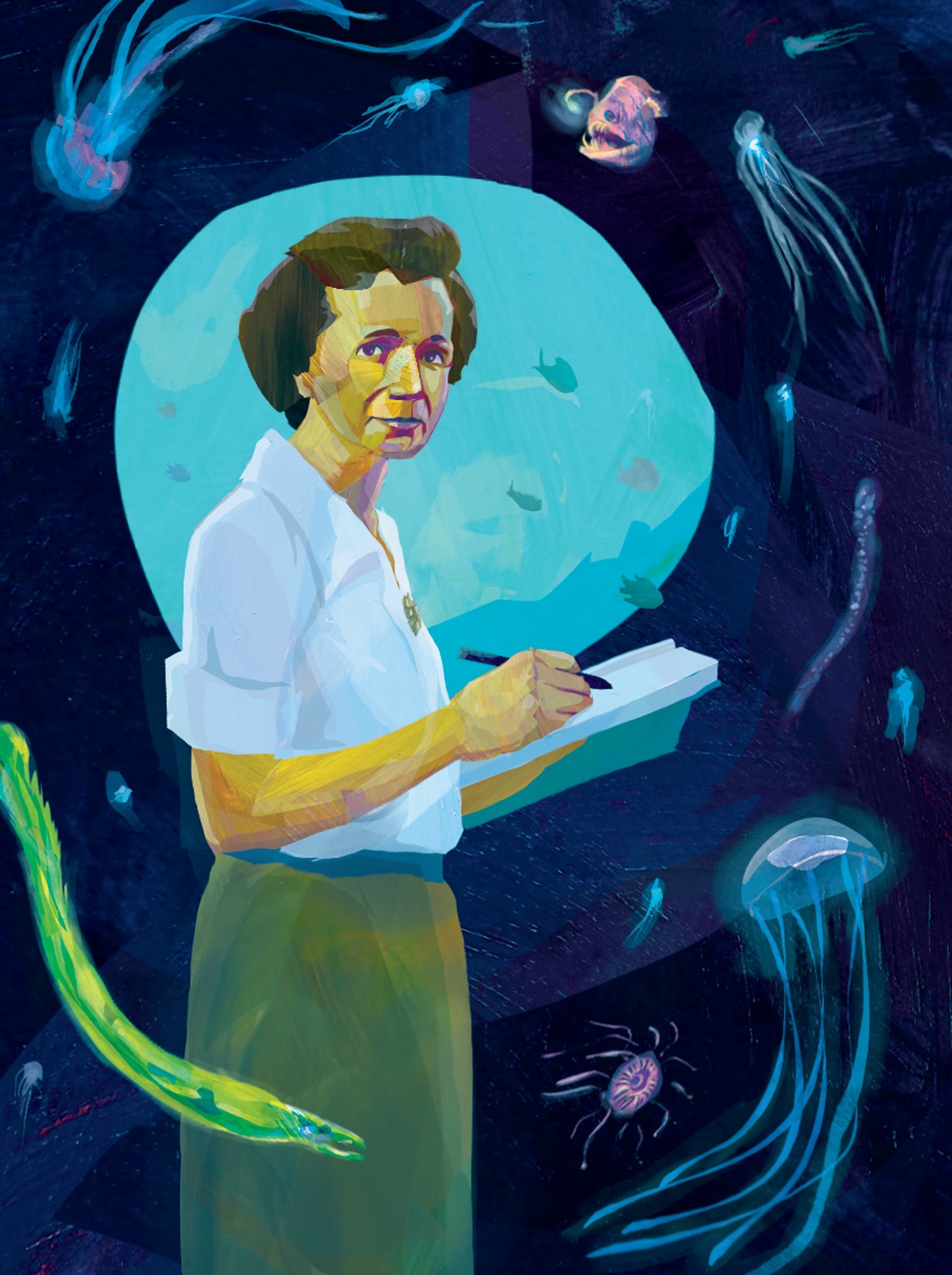Published September 28, 2023
10 min read
This article was produced by National Geographic Traveller (UK).
Like a finely brewed macchiato, roasting your own coffee beans is a layered affair. Standing at the bench of a makeshift mud-brick hut deep in northern Thailand’s fertile forests, coffee farmer Lo-Ue Jayo is about to guide me through my first coffee-making lesson using a 72-year-old Probatino roaster.
“You don’t need books to learn how to make good coffee,” says Lo-Ue encouragingly, his hazel eyes watching me intently as I crank the roaster by hand. “We learn how to roast by using all the senses: looking, listening, smelling. It’s like cooking.” Slowly and evenly, I turn the roaster’s handle to rotate the beans. I’m quickly greeted by a faint nutty aroma, which grows more robust as the beans churn inside the drum. Wispy white smoke begins to curl from the roaster’s small opening, followed by a popping sound that signals the beans are starting to caramelise.
When the popping stops, Lo-Ue’s broad, toothy smile appears and he nods with approval. Roasting is an artform, he tells me — one that requires practice to perfect the bean’s flavour profiles.
Lo-Ue should know. When he first established his Arabica coffee farm 14 years ago, he had no experience in growing or making coffee and wasn’t even a regular coffee drinker. He practised by roasting 100kg of the stout beans from scratch before eventually finding a recipe he liked. As he tells me about the history of his farm, Lo-Ue deftly transfers my beans to a bamboo pan, then tosses them in the air to cool, releasing plumes of smoke that hang over this patch of Suan Lahu land like a caffeinated cloud.
Tucked between the mountainous folds of Chiang Rai’s border in northern Thailand, with no public transport nearby, the organic coffee farm is tricky to reach. On our 90-minute drive here, the clamour of Chiang Mai’s markets was quickly replaced by rice paddies and roadside fruit stalls, the unfurling highland scenery occasionally punctured by the golden spires of Buddhist temples.
Now, over the grinding of beans, Lo-Ue tells me how these fertile hills are home to seven tribes and their complex, branching family subgroups. Some, like the Lawa, pre-date the formation of Thailand and are considered Indigenous, while others, like the Lahu and Hmong, migrated here from neighbouring countries in the late 19th and early 20th centuries to escape oppression. Many people belonging to these groups are registered as stateless by the Thai government, and social and geographical isolation have allowed them to maintain their own distinctive cultures, languages and belief systems.
Lo-Ue counts himself among the Black Lahu, the dominant family in the Lahu community, who number around 60,000 in Thailand. Originally from the Tibetan plateau, the Black Lahu still maintain their oral storytelling traditions and typically live in matrilocal societies, in which the husband goes to live in his new wife’s village soon after marriage.
Around a hundred people live in Lo-Ue’s village, Doi Mod, a motley collection of tin-roofed stilt huts scattered along the mountain face close to where we’re roasting coffee. It’s a place where dogs doze on porches while free-range roosters scratch in the dust. Bright-pink Dora the Explorer T-shirts hang out to dry, overlooking a sacred arena that has witnessed countless barefoot dances and animal sacrifices. Electricity is limited and, until recently, residents washed their plates at a single communal tap. Like many other hill tribes eking out a living, the Black Lahu once grew opium as a cash crop. Since the 1990s, with both support and enforcement from the Thai government, their mainstays have been rice, flowers, soybeans and corn.
Thailand’s northern hill tribes have long drawn hikers for visits and overnight stays — typically with a voyeuristic slant, observing the families at arm’s length. By contrast, at Suan Lahu farm, guests get a far more immersive experience, learning about sustainable farming practices while also lending a helping hand. The farm even offers a basic apartment with views overlooking the valley for those wanting to extend their stay. The exact activities travellers can help with — from harvesting to weeding to roasting the coffee beans — vary depending on the season, but each visit carries a guaranteed taste of the final product.
Lo-Ue hands me an espresso to sip. It’s smoother than the stuff I’m used to at home and lacks the acidic bitterness. He explains this is the result of careful cultivation and offers to show me more on a guided uphill hike across the farm’s 14 hectares. As I pause to catch my breath on the steep slopes, Lo-Ue points out white-flowering coffee trees alongside shaggy pepper trees and avocado trees drooping with fruit. I can make out the faint scent of a cinnamon tree that’s recently had its bark peeled. The trees look like they’re scattered in a completely random pattern, but there’s method in this wilderness: Lo-Ue calls it forest farming.
Instead of manipulating nature to create manicured rows of produce as you’d see in large-scale commercial farms, forest farming is a practice designed to sustain the ecosystem by supporting the pollinators, birdlife, insects and other animals who live within it. The result, says Lo-Ue, is a healthier environment in which to grow crops. Passing beneath the dappled light of slender teak trees, he explains how Arabica coffee thrives in shaded environments. As he walks me through the production process, he introduces me to the pigs whose manure is used for fertiliser and the bees who flit between coffee flowers to produce honey in the farm’s apiary.
We eventually emerge at a look-out spot with a view across the valley. On the slopes of the opposite mountain, above a shaded edible fern farm, a corn farmer has cut back his crops to reveal a desolate slope that stands in stark contrast to the surrounding greenery. It’s a vivid demonstration of slash-and-burn agricultural techniques that are common here, which can make mountains more susceptible to landslides, according to the United Nation’s Food & Agriculture Organization. Burning agricultural waste also contributes significantly to the pervasive smog that hangs over northern Thailand in March. The week before I arrive, Chiang Mai beat Delhi and Lahore to earn the dubious honour of the world’s most polluted city.
Lo-Ue tells me this is the reason he and his brother, Jakhadtè, founded Suan Lahu. Detractors warned it was impossible to farm organically in the mountains, but after 14 years, Lo-Ue is proud to host educational workshops and festivals to help other hill tribe communities adopt more sustainable farming practices. And what’s good for the soil is good for the people, too. The farm has invested its profits back into the Black Lahu community, recently upgrading the number of water taps in the local village from one to three.
On our way back to the farm for lunch, Lo-Ue introduces me to his most exciting innovation: a burnt-out metal drum that looks like an imploded R2-D2 model. This is where he produces biochar, a soil enhancer made by incinerating crops and other organic matter using a process that generates significantly less smoke and carbon dioxide. The resulting product enriches the microbes in the farm’s soil. Lo-Ue tells me that if he can convince more farmers to make and use biochar, it could go a long way towards improving air quality in the region.
For now, I’m breathing easy thanks to an unexpected storm that rolled over the mountains and scrubbed the air the previous night. Looking down over the valley while cradling a long black coffee, I spy the burgundy huts of Doi Mod village peeking out from behind the dark undergrowth far below and can’t help but think of the microbes, worms, caterpillars, bees and pigs between us, all sheltered and fed thanks to Lo-Ue’s coffee trees.
Published in the October 2023 issue of National Geographic Traveller (UK).
To subscribe to National Geographic Traveller (UK) magazine click here. (Available in select countries only).
Note: This article have been indexed to our site. We do not claim legitimacy, ownership or copyright of any of the content above. To see the article at original source Click Here













